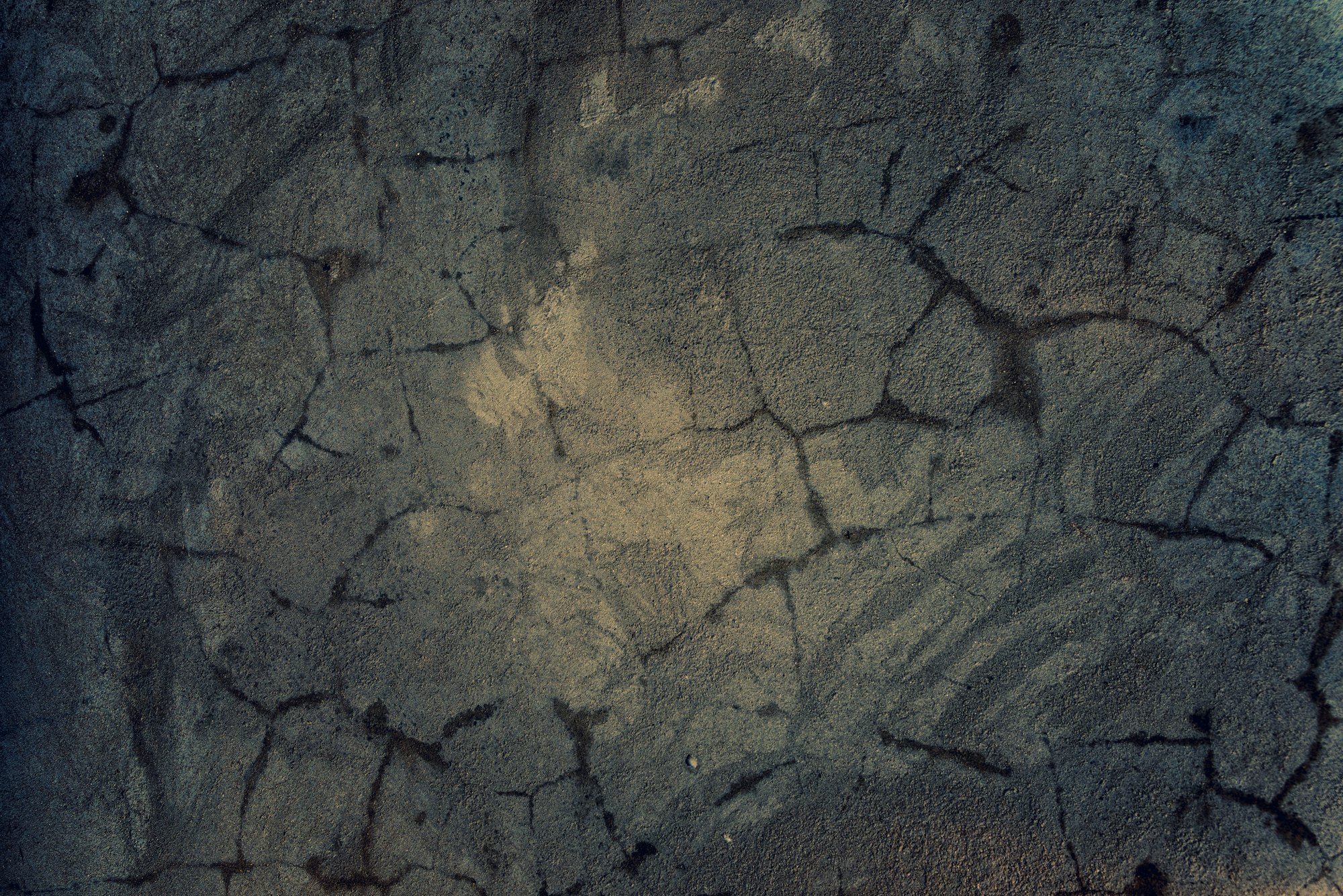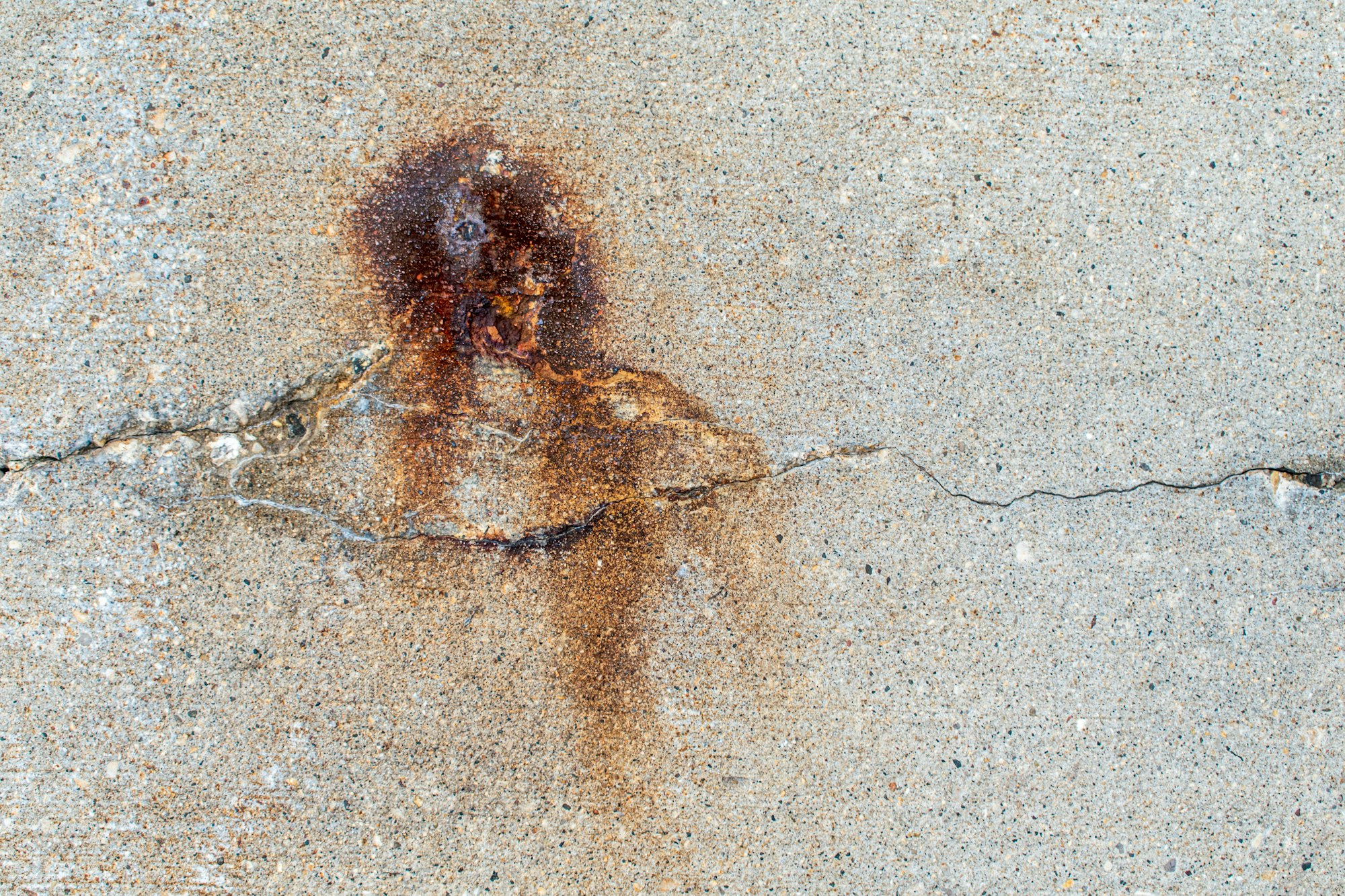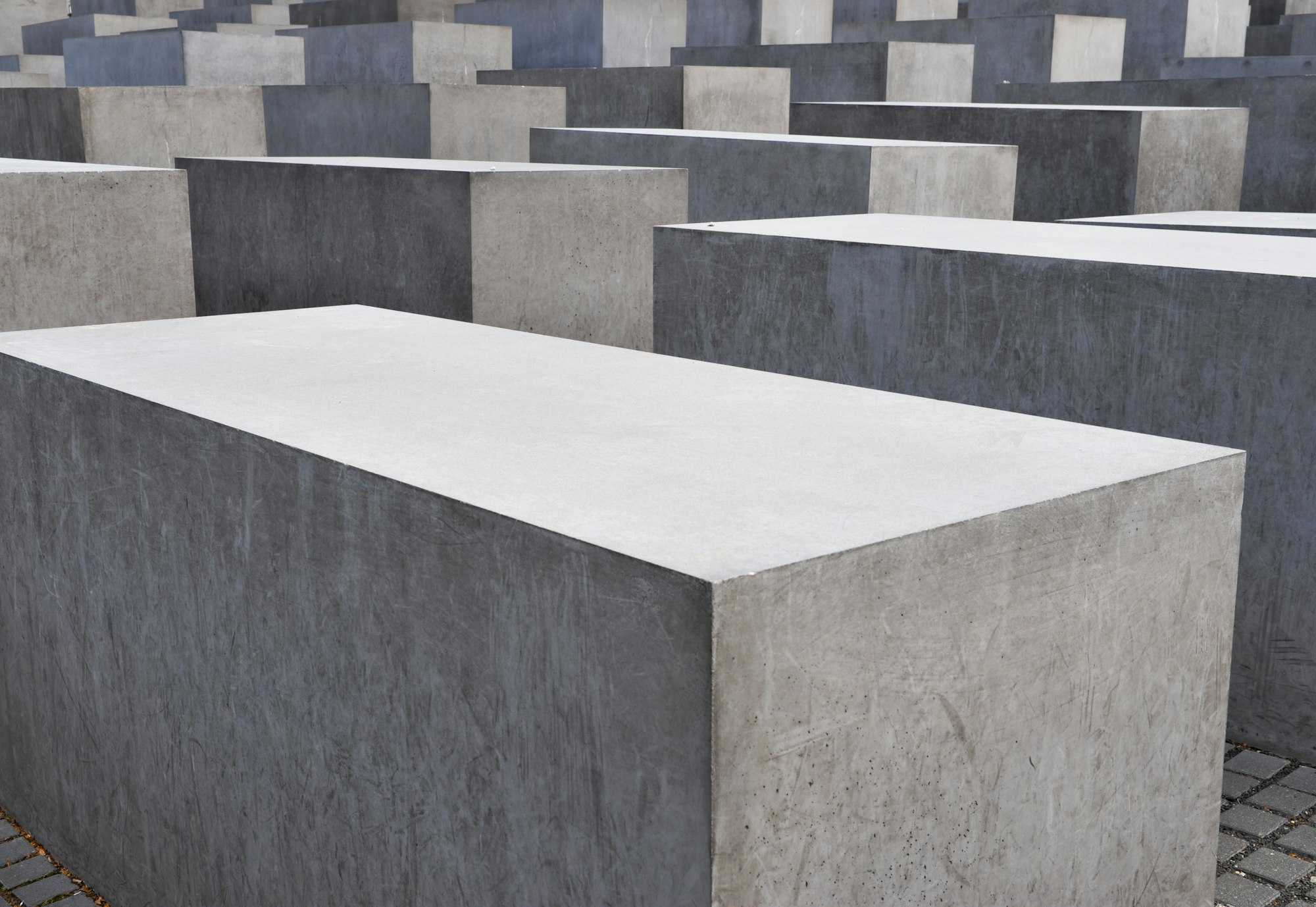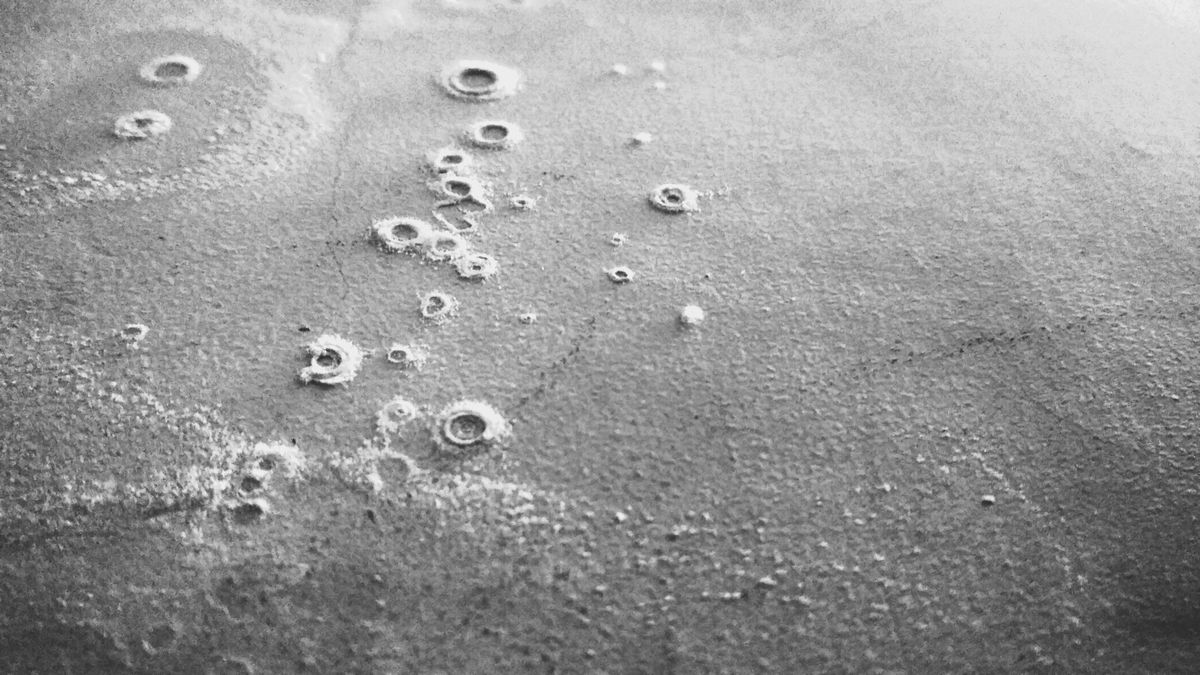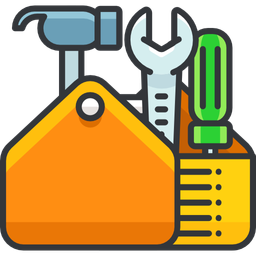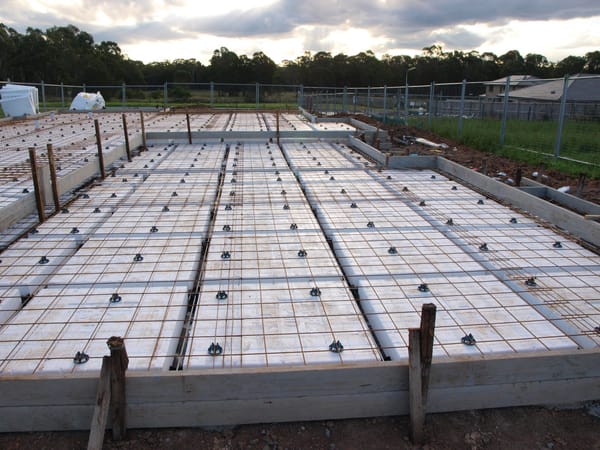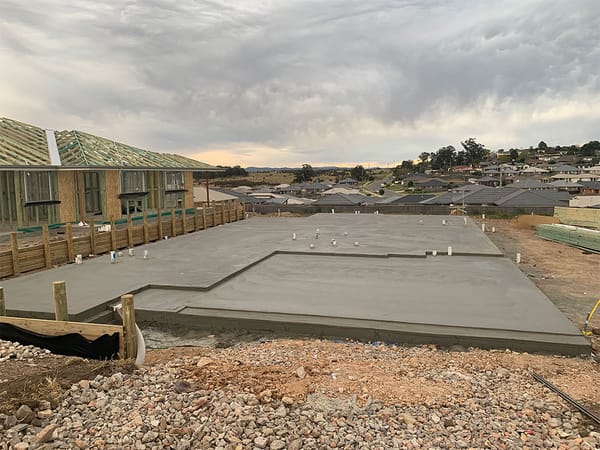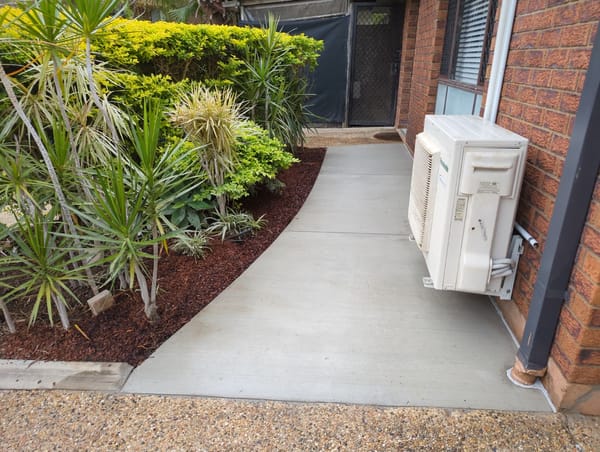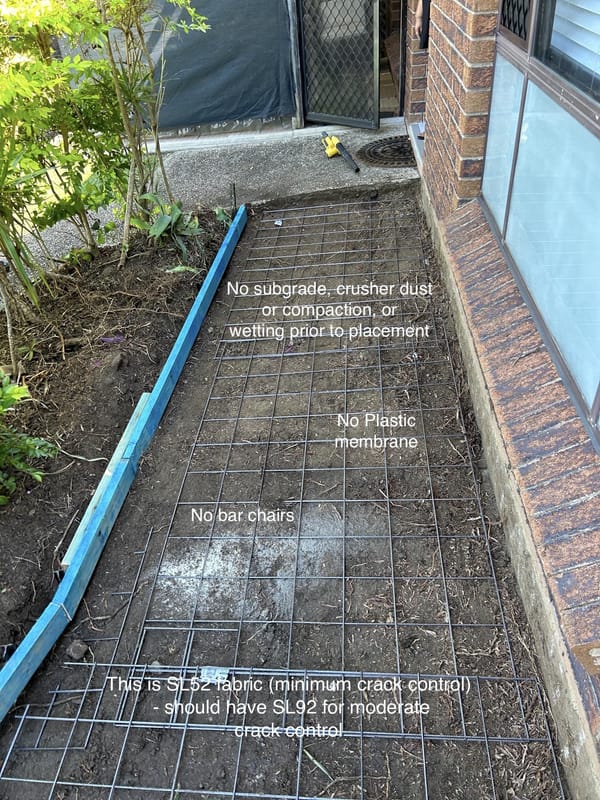LAITANCE: an accumulation of fine particles on the surface of fresh concrete due to an upward movement of water (as when excessive mixing water is used) source - https://www.merriam-webster.com/dictionary/laitance
FRIABILITY: In materials science, friability, the condition of being friable, describes the tendency of a solid substance to break into smaller pieces under duress or contact, especially by rubbing. The opposite of friable is indurate source - https://en.wikipedia.org/wiki/Friability
What is laitance on concrete?
Water is an essential part of the concrete mix; good curing of concrete depends on complete hydration of the cement portion of the concrete mix. Either adding excess water to the mix, or inadequate curing will cause laitance.
These fines rise to the surface of concrete that was over-watered, or allowed to dry prematurely in the absence of curing membranes or other good curing practices. It may also form as a consequence of over-trowelling.
Good concrete curing means keeping the moisture in for longer—slowing down how fast water evaporates from the fresh mix—so the concrete has enough time to fully hydrate and reach its full strength.
Good concrete curing practice involves covering the newly trowelled or formed concrete with wet hessian, wet sand or a curing membrane (such as a liquid applied wax emulsion), or, at the very least, a plastic sheet weighed down at the edges to prevent displacement by gusts of wind.
Why remove Laitance?
The life of a coating is dependent on adhesion to sound concrete. If a coating is applied to the loose, friable laitance, then impact from trolleys, forklifts, etc. will cause the laitance layer to de-laminate, along with the coating.
Can Laitance be painted over?
The short answer? No! Laitance creates a weak, flaky surface that coatings just won’t stick to properly. But once it’s removed—using diamond grinding, shot blasting, or another mechanical method—you’re left with solid concrete you can paint with confidence.
What is the Best Way to Remove Laitance?
To effectively remove laitance from concrete surfaces, it's essential to use mechanical methods. Diamond grinding and shot blasting are the most reliable techniques. These methods ensure the complete removal of the weak, powdery layer, revealing the sound concrete underneath. This process is crucial for ensuring that any coatings or treatments applied to the concrete adhere properly and last longer.
What is the Difference Between Bleeding and Laitance?
Bleeding in concrete refers to the process where water within the concrete mix rises to the surface. It's a natural phenomenon in freshly poured concrete. Laitance, on the other hand, is the accumulation of fine particles, cement dust, and sand at the surface, often as a result of excessive bleeding and improper curing. While bleeding is a part of the concrete setting process, laitance is an undesirable effect that can weaken the concrete surface.
What Does Laitance Mean and Why is it a Problem?
Laitance is a thin layer of weak, milky material comprising cement dust, lime, and sand fines that forms on the surface of new concrete. It's problematic because it creates a friable, non-durable surface layer. This layer can compromise the adhesion of coatings or sealants applied to the concrete, leading to peeling or flaking, and can reduce the overall strength and longevity of the concrete structure.
What is the Effect of Laitance in Concrete?
Laitance affects concrete by reducing its surface strength and durability. This weak layer is prone to wear and tear, and when coatings or treatments are applied, they may not adhere properly, leading to a reduced lifespan of the concrete surface. In high-traffic areas, laitance can lead to quicker degradation of the concrete, necessitating more frequent repairs and maintenance.
What is the Difference Between Efflorescence and Laitance?
Efflorescence and laitance are both phenomena that affect concrete, but they have different causes and appearances. Efflorescence is the white, powdery deposit of salts that crystallise on the surface of concrete, often visible after water within the concrete evaporates. Laitance, in contrast, is a layer of weak, milky material composed of cement dust and fines. While efflorescence is primarily a cosmetic issue, laitance affects the structural integrity of the concrete surface.
Further Reading
